The Central Highlands communal house, with its soaring roof like a mountain rising into the blue sky, is not only an architectural work but also a vivid symbol of the cultural life of the ethnic minority communities in the mountains. Built in the center of the village, the communal house contains the cultural quintessence and sacred soul of the Central Highlands forest land, a place to preserve traditional values through many generations. Here, every festival season or important event of the village takes place, the sound of gongs echoes, dances revolve around the red fire, and legendary stories about ancestors are passed down orally under the majestic communal house roof, a symbol of the connection between people and heaven and earth.
From afar, the communal house looks like a pillar in the midst of majestic nature, its high roof depicting the strong and resilient spirit of the mountain people. The structure of the communal house is made entirely from natural materials such as bamboo, wood, and leaves, bearing the mark of the Central Highlands mountains and forests. Each communal house is the result of the joint efforts of the entire community. During the construction process, no element is left out: each wooden bar and each bamboo tree is carefully assembled by the skillful hands of skilled craftsmen in the village, creating an architecture that is both durable and imbued with folk art.
The structure of the Rong house bears the strong ethnic characteristics of the Central Highlands. Photo: Collected
The communal house is not only a meeting place for the village but also the center of cultural and spiritual life. All important events from festivals, weddings to meetings of village elders take place here. In this sacred space, elderly men, dressed in traditional costumes, gather around the fire, discussing village issues. Every decision made is communal and is listened to and respected by everyone. Major festivals such as the new rice celebration, buffalo stabbing ceremony or mountain and river god worshiping rituals are solemnly held at the communal house, where everyone shares joy together, praying for a year of favorable weather and bountiful crops.
The architecture of the communal house has unique aesthetic value and also shows deep symbolism. The soaring roof symbolizes the strength of the mountains and forests, the steadfast will of the people. The structure with curved roofs and sturdy columns ensures stability against the storms of the Central Highlands, while also containing the spiritual meaning of the connection between heaven and earth. The patterns on the columns and roof are elaborately carved, from images of animals, plants to myths of the Central Highlands people. These details are not only for decoration, but also convey the message of ancestors, reminding of the origin and love for nature and mountains and forests.
Wood is a rustic material but brings solidity. Photo: Collected
In the large space of the communal house, solemn ceremonies are solemnly held, the sound of drums, gongs and the prayers of the village elders create a sacred atmosphere, making anyone present feel calm and understand more about the traditional cultural values of the community here. Besides, the communal house is also a symbol of solidarity. Everyone sits together, resolves conflicts, and shares responsibility in protecting and developing the village. Here, equality and democracy are always promoted, every decision of the village is based on the consensus of the community, thereby creating strength and strong bonds between members.
The communal house plays an important role in educating the younger generation about culture and tradition. Under this roof, stories about ancestors, ethnic origins, lifestyles and morals are passed down by village elders to their children. These lessons help children understand their roots, and at the same time help them develop a sense of responsibility and awareness of their role in the community.
Today, despite many changes in society, the Central Highlands communal house still stands tall as an unchanging symbol of traditional culture. The connection between the past and the present, between tradition and modernity is clearly shown through each communal house. Cultural values are preserved and passed down, enriching the cultural identity of Vietnam. The communal house is not just a simple architectural work but the heart of the community, the soul of the Central Highlands mountains and forests, where the quintessence of national culture is preserved through many generations.
In the modern life, the communal house still stands as a living proof of the cultural strength of the ethnic groups in the Central Highlands. From the communal houses, the Central Highlands culture has spread and integrated into the general flow of the country, contributing to enriching the diverse cultural picture of the Vietnamese people.


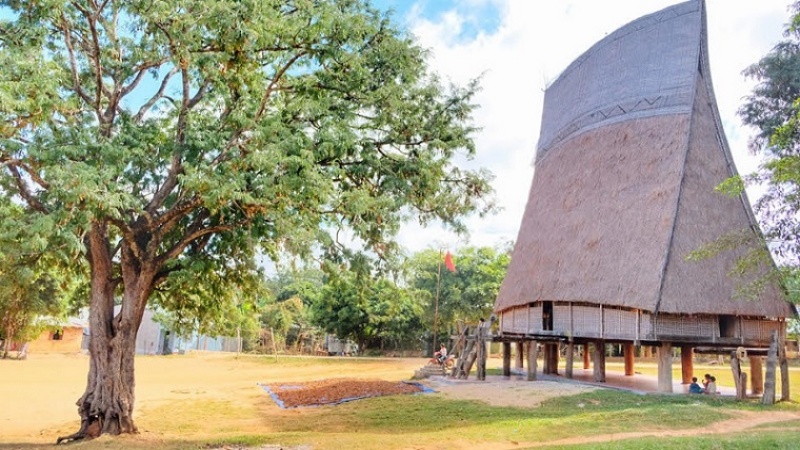
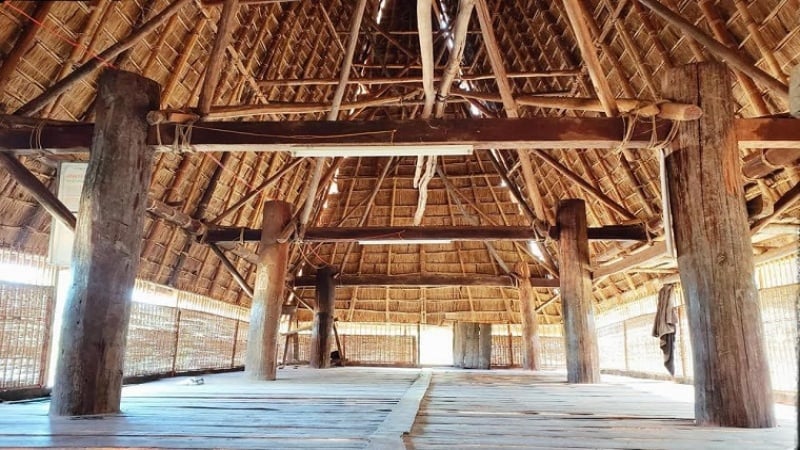
![[Photo] 60th Anniversary of the Founding of the Vietnam Association of Photographic Artists](/_next/image?url=https%3A%2F%2Fvphoto.vietnam.vn%2Fthumb%2F1200x675%2Fvietnam%2Fresource%2FIMAGE%2F2025%2F12%2F05%2F1764935864512_a1-bnd-0841-9740-jpg.webp&w=3840&q=75)
![[Photo] National Assembly Chairman Tran Thanh Man attends the VinFuture 2025 Award Ceremony](/_next/image?url=https%3A%2F%2Fvphoto.vietnam.vn%2Fthumb%2F1200x675%2Fvietnam%2Fresource%2FIMAGE%2F2025%2F12%2F05%2F1764951162416_2628509768338816493-6995-jpg.webp&w=3840&q=75)






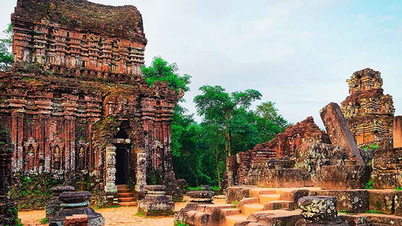

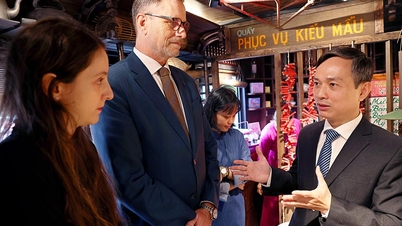



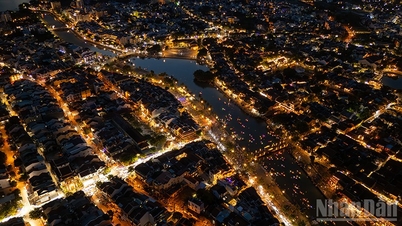

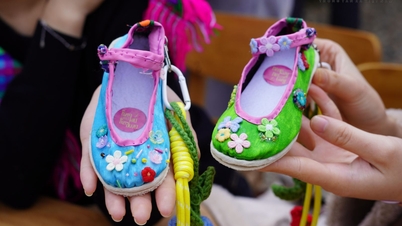


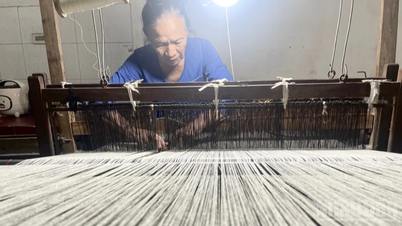
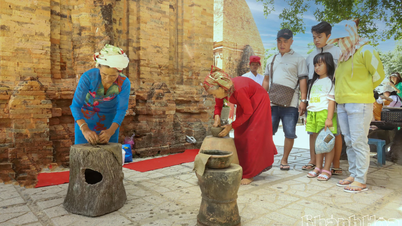



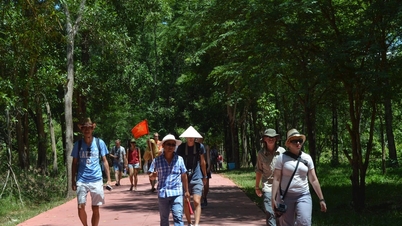

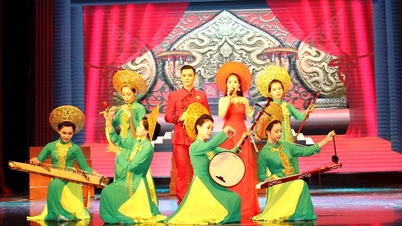




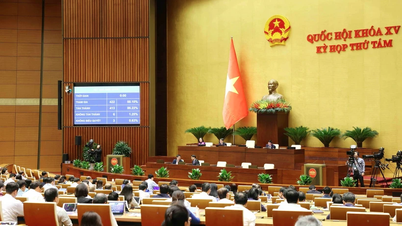
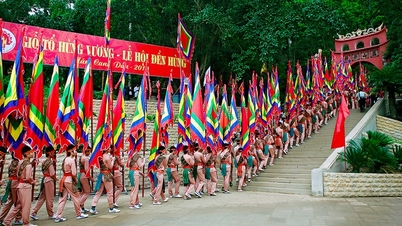
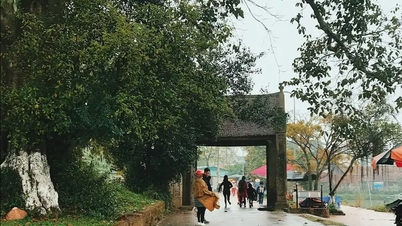
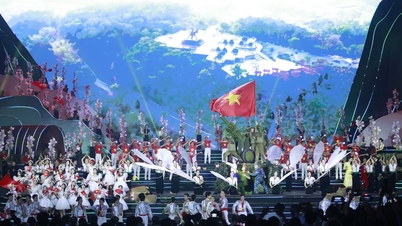
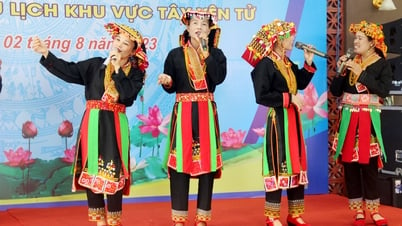
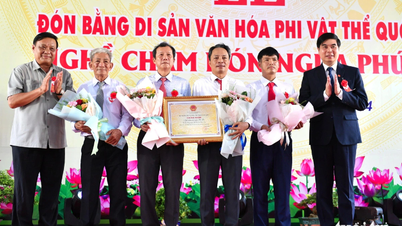







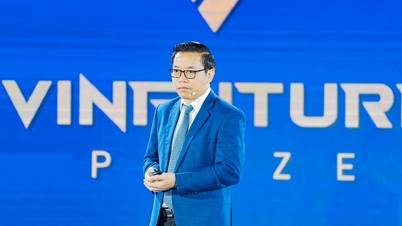

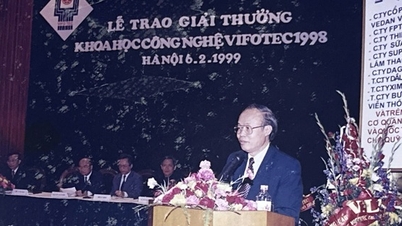

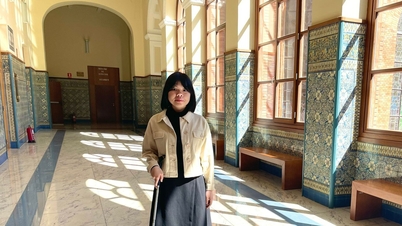

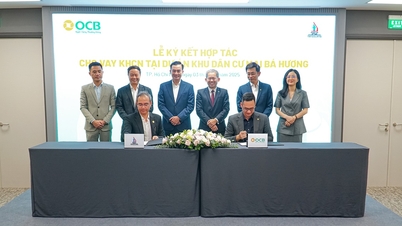

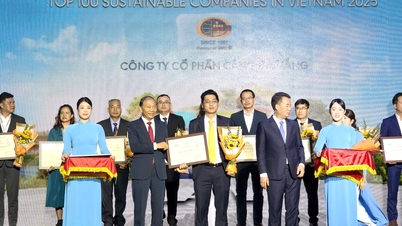
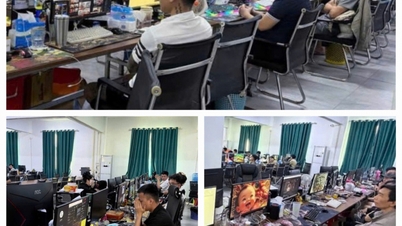
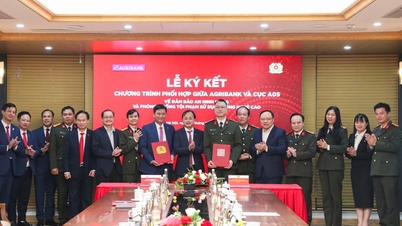












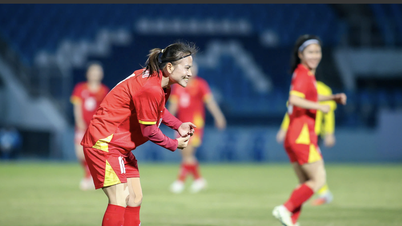







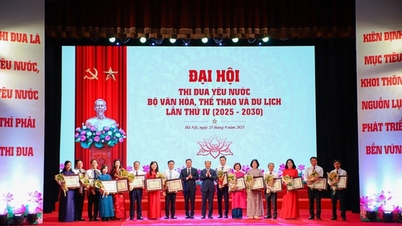



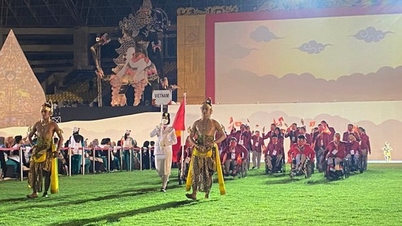




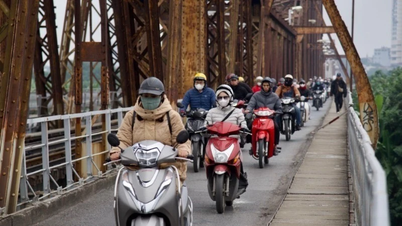

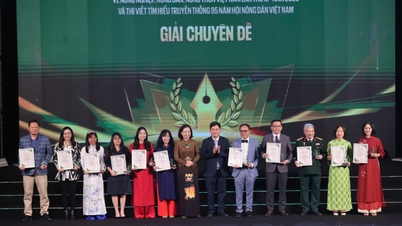












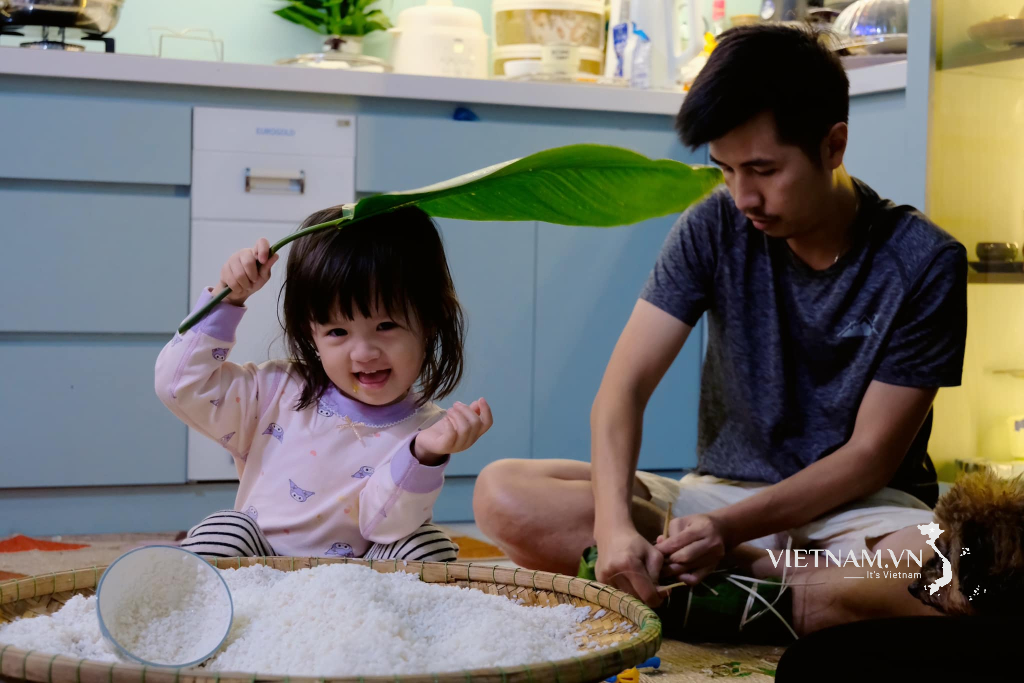

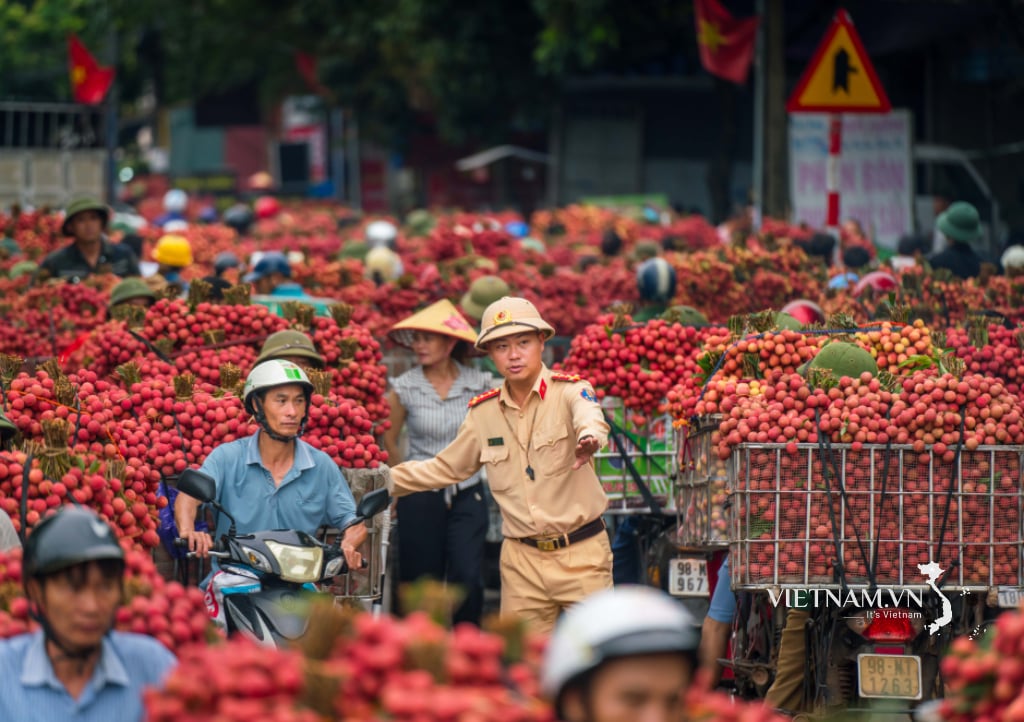





Comment (0)